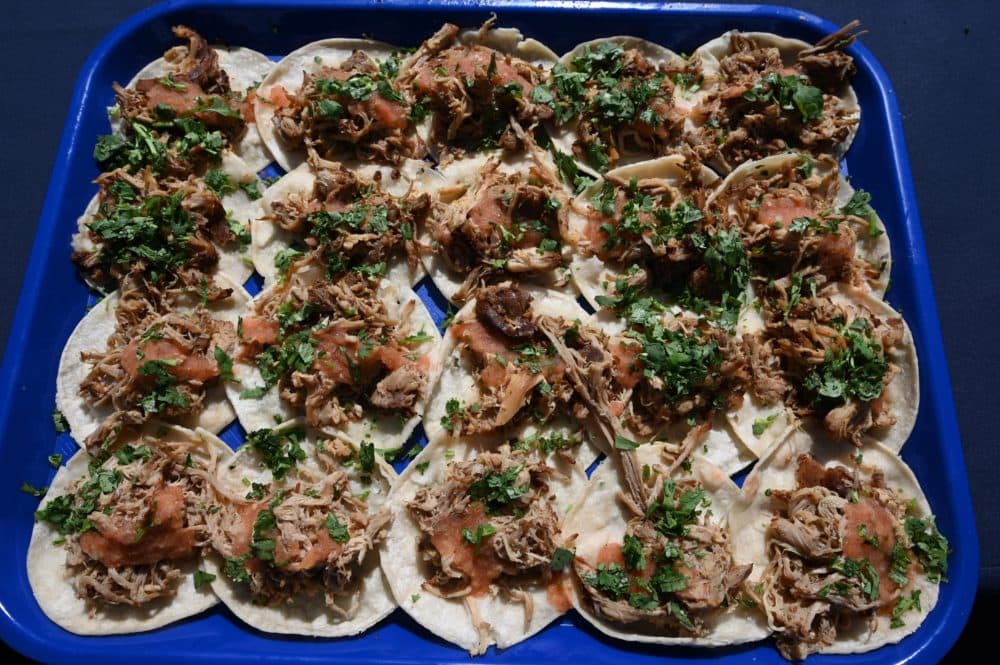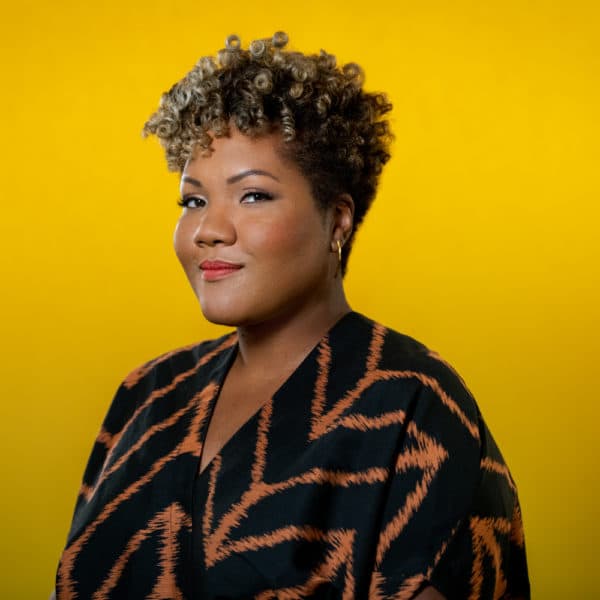Advertisement
We Are What We Eat: L.A. Taco Editor Talks About His City's Most Iconic Dish
Resume
Part II of our "We Are What We Eat" series.
A city's food tells us the story of the people who build it.
Los Angeles is an international metropolis that reflects the many types of people that live there and inspire each other — a city that reflects the world. At news and culture platform L.A. Taco, editor-in-chief Javier Cabral defines the city’s food with the term “taco life.”
The “taco life” philosophy summarizes the way locals view the many communities in the city, he says, which are all unified by a love for the traditional Mexican dish. Cabral believes most Angelinos love tacos, regardless of where they live or how much money they make.
“No matter where you're from, no matter how much the city changes, the one constant will always be tacos,” he says. “And most importantly, the desire to know where to find the best ones.”
Tacos tell the story of the evolving culture of Los Angeles and the country as a whole. But to understand food in the City of Angels, Cabral suggests starting with Guelaguetza in Koreatown.
A favorite of the late Pulitzer Prize-winning Los Angeles Times restaurant critic Jonathan Gold, Guelaguetza opened in 1994. The Oaxacan restaurant is “emblematic of LA food culture” because it serves mostly indigenous Mexican recipes in a former Korean barbeque building, Cabral says.
“The former Korean owner didn't speak English. And the owner of Guelaguetza, he didn't speak English either,” he says. “And somehow they still communicated and made a deal happen. And two decades later, it's like this iconic establishment.”
For Cabral, places like Torrance and Carson in the city’s South Bay don’t get enough love. “Hop on the 110 and go and go until it ends” to find exceptional Japanese food in Torrance, he says, thanks to the city’s once booming Japanese auto industry. He recommends trying made-from-scratch soba noodles at Ichimi Ann.
On top of working as a food critic, Cabral is the associate producer of “Taco Chronicles” on Netflix and a former restaurant scout for late critic Gold.
When Cabral was 15 or 16 years old, he started a food blog. As a punk rock teen, he would read the local alternative weekly newspaper to find live music shows and one day he started reading Gold’s work.
If Gold can get paid to eat, Cabral thought he could, too. After receiving a cold email from Cabral, Gold took the teenager under his wing. Cabral says Gold put in a good word with editors and helped make Cabral’s dreams a reality.
When he entered the historically white world of food and media criticism as a teenager, Cabral says he didn’t realize that “food writing was a very privileged, first world profession.” Now, serving as the head of L.A. Taco allows him to invest in the raw talent of Black and Brown voices from his community.
“I think I'm like a big testament to the fact that, you know, if you just hire a [person of color] in a position like this, you will see results,” he says, “because that's just like my world. That's my community. And these are people that I grew up with.”
The COVID-19 pandemic has been difficult for all kinds of Los Angeles restaurants, from fast casual to fine dining, he says.
“Car culture” rules the city, he says, so many people eat meals in the driver’s seat, on the hood or in the trunk of their cars. Casual restaurants have successfully adapted by creating more portable takeout options, he says.
But even before the pandemic increased demand for takeout, the city’s street vendors were offering wholesome, affordable food to their local communities. After a decade-long fight, the city legalized street vending in 2019 and issued its first permits in early 2020.
Tourists might remember buying chopped fruit with lime, salt and chile on a street corner, or a bacon-wrapped hotdog after a night out — but the city considered these operations illegal up until last year, Cabral says. He’s confident that resilient street vendors will find ways to thrive during the pandemic.
“I just hope that the city honors them and honors their hard work instead of punishing them,” he says.
Food reflects the changing communities in cities and towns across the United States, he says.
After this year’s racial reckoning exposed the whiteness of food media on a national level, he says he’s seeing more representation in restaurants in big food cities such as LA, New York City and San Francisco. And with that comes a more diverse industry of writers, editors and reporters documenting how food from different communities builds the tapestry of an area, he says.
Cristina Kim produced this story and edited it for broadcast with Peter O'Dowd. Allison Hagan adapted it for the web.
This segment aired on October 7, 2020.

